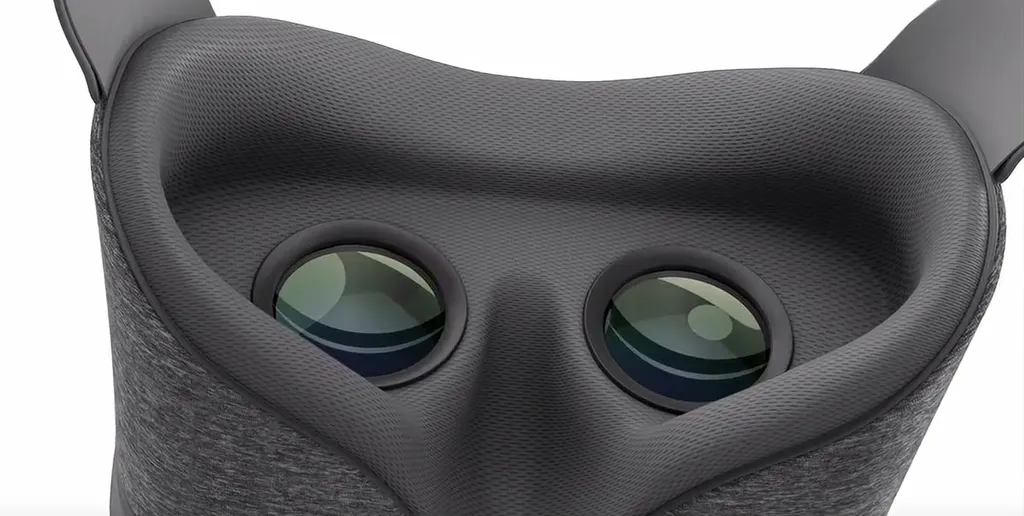You could argue that Google joined the VR platform wars with the introduction of its Daydream View mobile headset yesterday, but the company really doesn’t see it that way.
Speaking to UploadVR in an interview after the kit’s reveal, Google VP of VR Clay Bavor stated that he was “excited for everything happening” in the VR industry, not just internally at Google. “I have a Rift, I have a Vive, I’m going to have a PlayStation VR,” the exec said. “I have everything, right? And I think everyone is doing something important and meaningful in this space.”
You can see where he’s coming from at a glance; both the HTC Vive and Oculus Rift deliver top of the line VR experiences, while PlayStation VR offers an experience comparable to those two with a lower barrier to entry.
So what, specifically, does Daydream bring to the table? According to Bavor, it’s accessibility. “There aren’t 12 steps and things you have to connect and rooms you have to go to to use it,” he replied when asked what mobile VR could do that desktop VR couldn’t. “You drop your phone in and then you’re in. It is hard to overstate the importance of that lack of friction in getting into VR. It’s something that my team has obsessed with.”
He continued, arguing that devices like the TV and even current smartphones wouldn’t be as popular as they are now if consumers had to jump through different hoops to access them. “My hope, our aspiration is that the frequency of usage, the ease of usage is far higher because you don’t have to think about– it’s just like “Oh, I want to see this in VR.” And then you’re in VR, as opposed to “Oh, I should plan ahead for a VR experience and get ready for that.””
Elsewhere, Bavor reasoned that local VR play could be big with Daydream. He described a scene where friends would meet up and then each put on their own headset to travel across the world, comparing the experience to the company’s Expeditions educational initiative in which classrooms of students visit the same places together with Google Cardboard. It’s an interesting thought, and certainly something that’s harder to achieve on Rift and Vive when considering the equipment needed and tracking processes involved.
What mobile VR loses in that trade-off, however, is positional tracking and higher fidelity experiences. Google thinks its worth the compromise. The success of Daydream will tell if it’s right.
Daydream View will be arriving in November, while its first compatible phones, the Pixel and Pixel XL, will be available in the coming months.


























